Learn more about why knee pain happens
KNEE PAIN
HOW DOES YOUR KNEE WORK?
The knee joint is a complex hinge joint that connects the thigh bone to the shin bone and kneecap. A smaller bone on the outside of the knee is called the fibula, which helps in stability.
Menisci are two disc-shaped pieces of cartilage, which act as shock absorbers and help distribute weight evenly across the joint.
Ligaments and muscles of the knee joint provide stability.
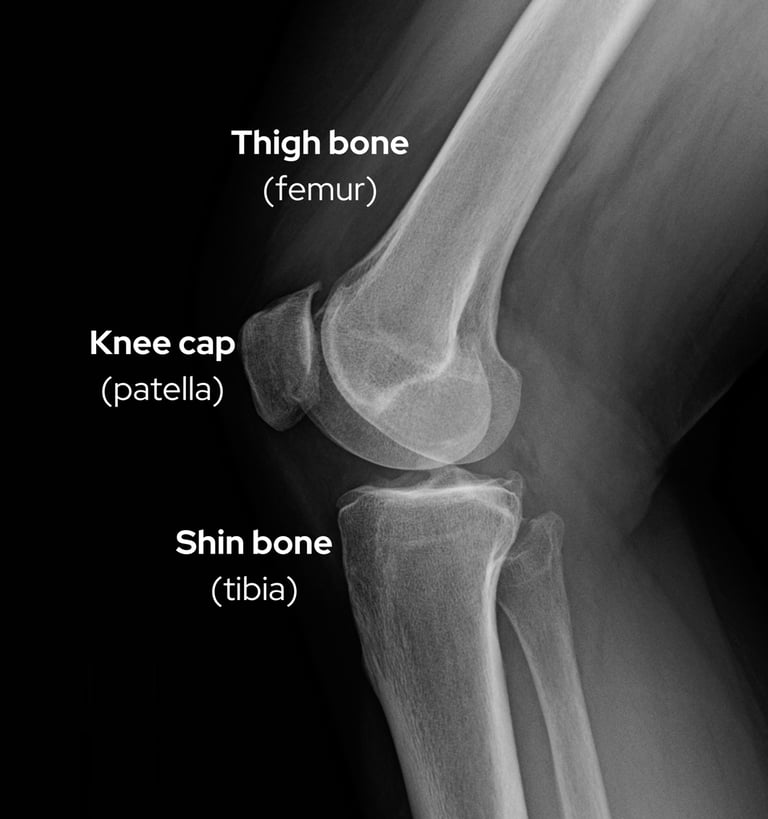

WHAT IS CARTILAGE?
Cartilage is the lining in the joint that cushions the bones and helps them move smoothly against each other.
While protecting the bones, the cartilage can sustain damage.
SYMPTOMS OF CARTILAGE DAMAGE
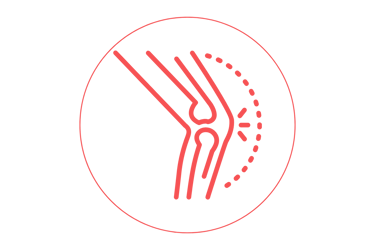

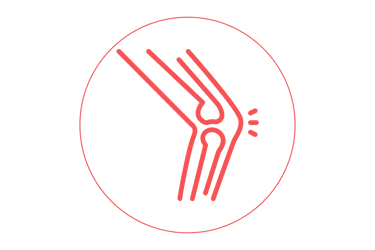

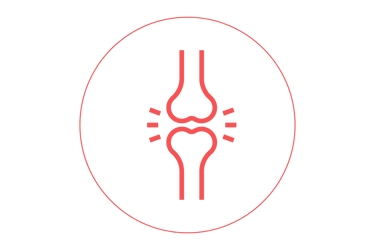





Pain and Swelling
Typical "Clicking" Sound
Stiffness and Locking
Painful Walking and Climbing
Difficulty Moving the Joint
Consult with orthopedic surgeon if you experience any these symptoms
Cartilage contains a dense tissue matrix with very few cells, no blood vessels, or innervation.
Unlike other tissues, cartilage cannot regenerate on its own.
This is why cartilage injuries tend to become chronic and often worsen over time.
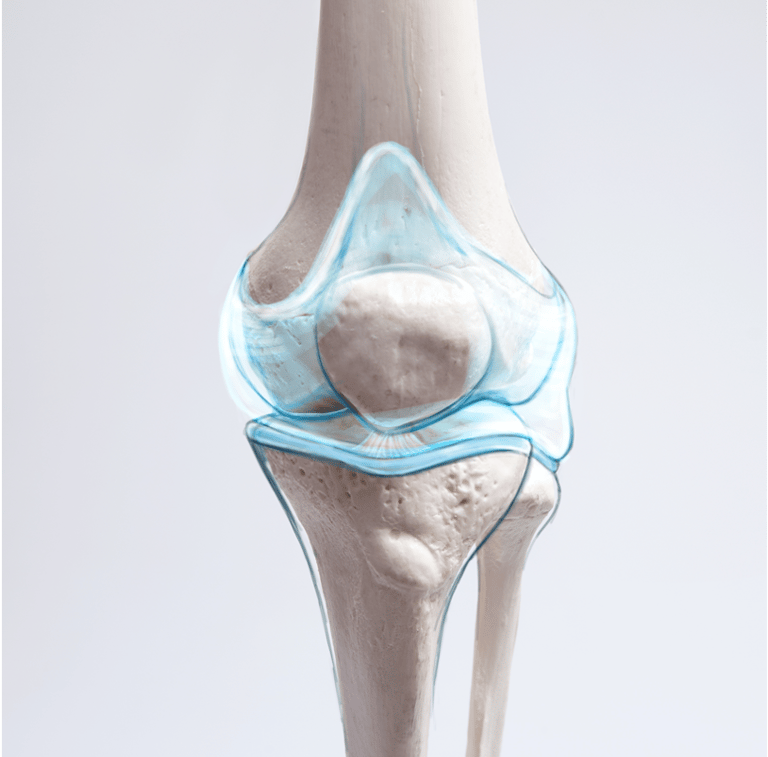

STAGES OF CARTILAGE DAMAGE
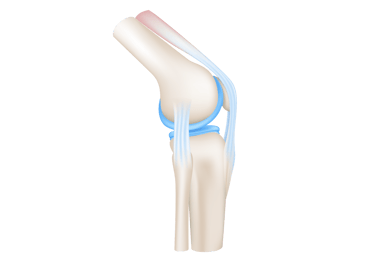

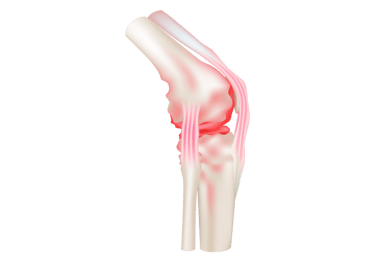

HEALTHY KNEE
I - IV grade cartilage damage
>
>
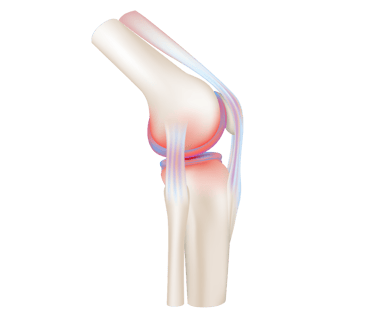



EARLY TO MID-STAGE
ADVANCED STAGE
If the cartilage damage is left untreated, it progresses to irreversible cartilage damage and joint replacement
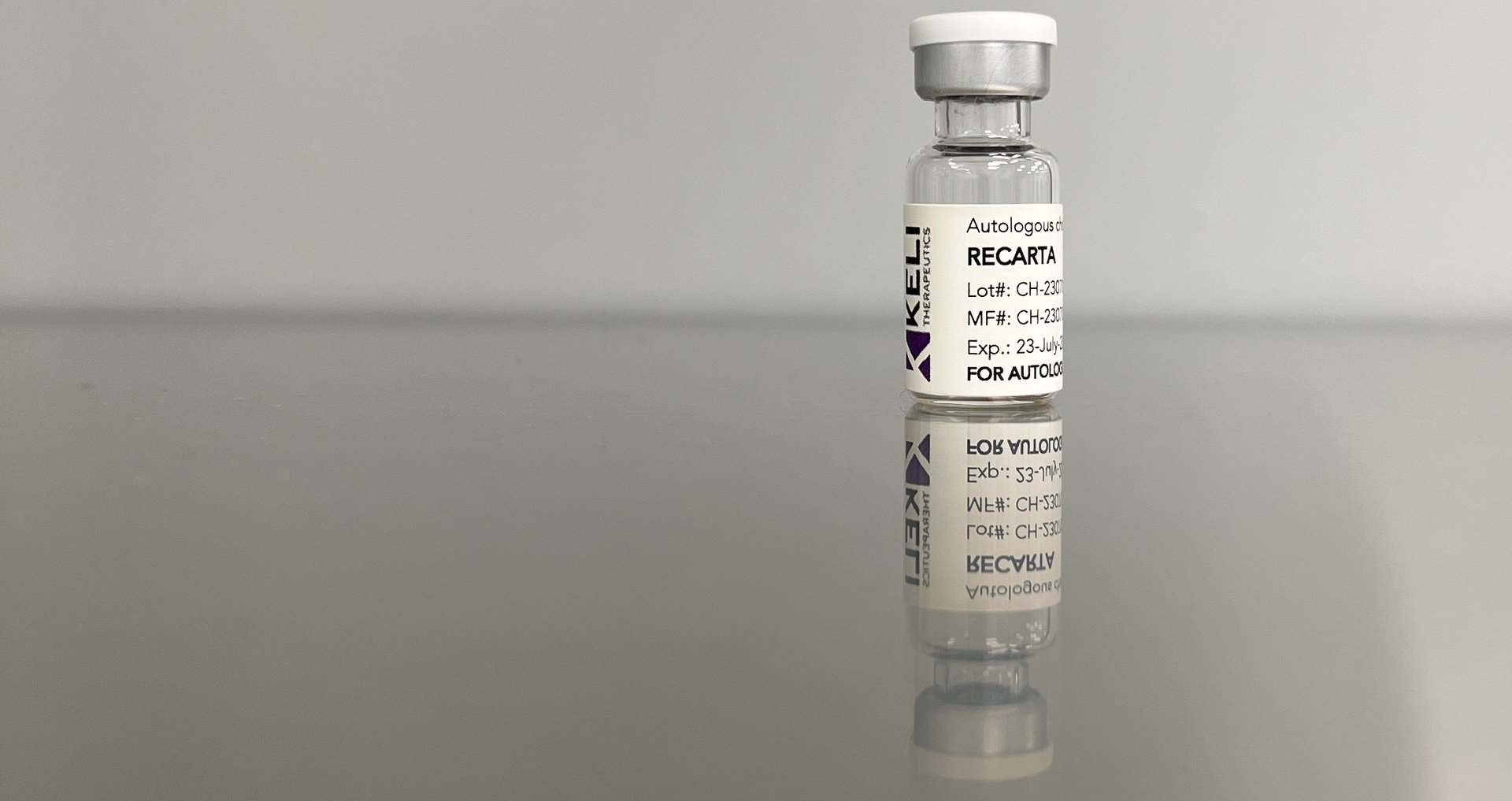
RECARTA is a patient-specific, biological, and regenerative cartilage cell therapy for knee cartilage damage
Reference: 1. Gomoll AH, et al. Surgical management of articular cartilage defects of the knee. J Bone Joint Surg Am. 2010.


